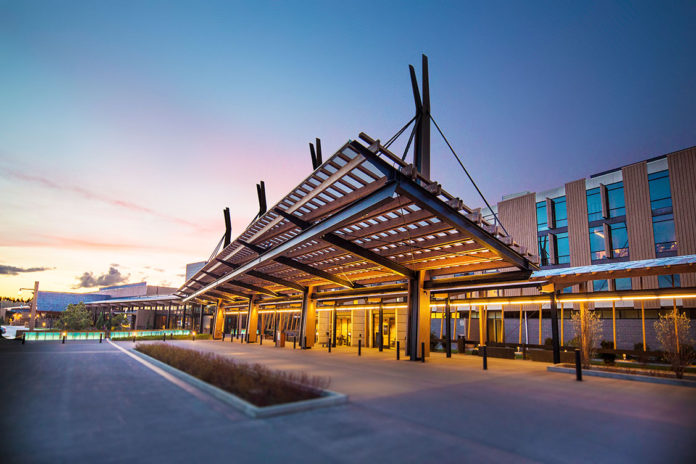MILWAUKEE, WI – Wipfli has published the results of its 25th annual Cost of Doing Business report that shows, after years of pandemic-inspired uncertainty, most Indian gaming casinos returned to a new “normal” in 2022.
Revenues and expenses stabilized compared to the record highs and lows experienced around the COVID-19 pandemic. After 2021’s large double-digit increases of 35 percent, revenue growth slowed to approximately 17 percent on average, in 2022. This was the industry’s third consecutive year of double-digit growth. Tribal casinos have more competition for discretionary dollars today compared to the pandemic era, and inflation and labor shortages continue to drive up costs.
New this year, the Cost of Doing Business report also includes metrics on sports betting, which is now legal in 37 states. While it wasn’t a major income contributor, sports betting helped tribal casinos attract new customers to tribal gaming operations.
Other highlights from the 2023 report include:
- Slot machines continue to be the primary source of gaming revenue, driving the majority of profits.
- Marketing, promotions and wages were some of the most significant expenses. Marketing expenses increased slightly compared to previous years, and casinos of every size spent more on employee benefits and incentives.
- The average net profit margin was approximately 30 percent, which is roughly six percentage-points lower than in 2021.
- Native American casinos widened their operating expense margins almost two percent, despite facing inflation and higher interest rates and spending more on staff and marketing.
This year, 132 Native American casinos in 17 states provided financial data to help Wipfli capture the state of the industry. Tribes use the data to baseline their performance against other tribal casinos overall and by region and size. The report illuminates trends and opportunities to help tribal casinos channel more money into tribal government programs.















































